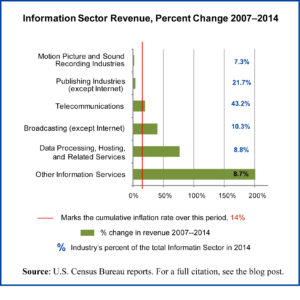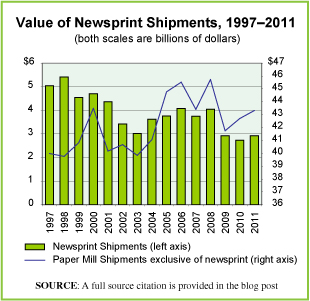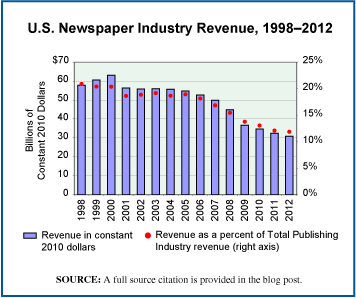I’m dreaming of a white Christmas
With every Christmas card I write
May your days be merry and bright
And may all your Christmases be white
— Lyrics from “White Christmas,” by Irving Berlin
 The holiday season. That time between Thanksgiving and New Year’s Day. Or is it between Halloween and New Year’s Day? The retail holiday season seems to start earlier every year. It’s the time of year when we hear terms such as Black Friday and Cyber Monday, when advertisements for gifts for young and old alike are more numerous and sales abound in stores and online. For many people dates on the calendar are filled with shopping, trips to see Santa, holiday baking and decorating, religious services, parties, and get-togethers with friends and family.
The holiday season. That time between Thanksgiving and New Year’s Day. Or is it between Halloween and New Year’s Day? The retail holiday season seems to start earlier every year. It’s the time of year when we hear terms such as Black Friday and Cyber Monday, when advertisements for gifts for young and old alike are more numerous and sales abound in stores and online. For many people dates on the calendar are filled with shopping, trips to see Santa, holiday baking and decorating, religious services, parties, and get-togethers with friends and family.
Amidst all this busyness, some will find quiet time to sit down and address Christmas cards to their friends and loved ones, wishing them well in the new year and letting them know they are thought of warmly. Much has changed since 1875 when the first Christmas card was printed in the United States. Nowadays more people are sending greetings online, but paper greeting cards have not fallen out of favor. According to the Greeting Card Association, consumers in the United States buy 6.5 billion greeting cards annually, approximately a quarter of which—1.6 billion—are Christmas cards,1 the most popular type of seasonal greeting card. Valentine’s Day cards and Mother’s Day cards are a distant second and third, with 145 million2 and 133 million units sold respectively.
Today’s market size shows the number of greeting card publishing establishments in the United States in 2006 and 2016 according to the U.S. Census Bureau’s County Business Patterns survey. While there were fewer establishments in 2016 than there were in 2006, the number of people employed rose from 12,765 to 13,842 over this time period. The average yearly wages for workers in this industry, however, dropped dramatically, from $49,442 in 2006 to $34,199 in 2016.
1 Including boxed cards.
2 Not including classroom valentines.
Geographic reference: United States
Year: 2006 and 2016
Market size: 132 and 99 respectively
Sources: County Business Patterns, American FactFinder, United States Census Bureau, various years available online here; “About Greeting Cards – General Facts,” Greeting Card Association, July 2016 available online here; John Hanc, “The History of the Christmas Card,” Smithsonian.com, December 9, 2015 available online here; “White Christmas Lyrics – Irving Berlin” available online here.
Image source: BiljaST, “christmas-new-year-happy-3003907,” Pixabay, December 2017 available online here.




